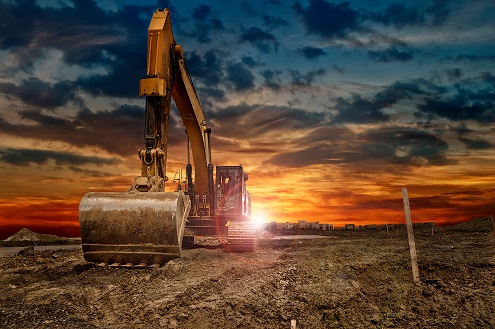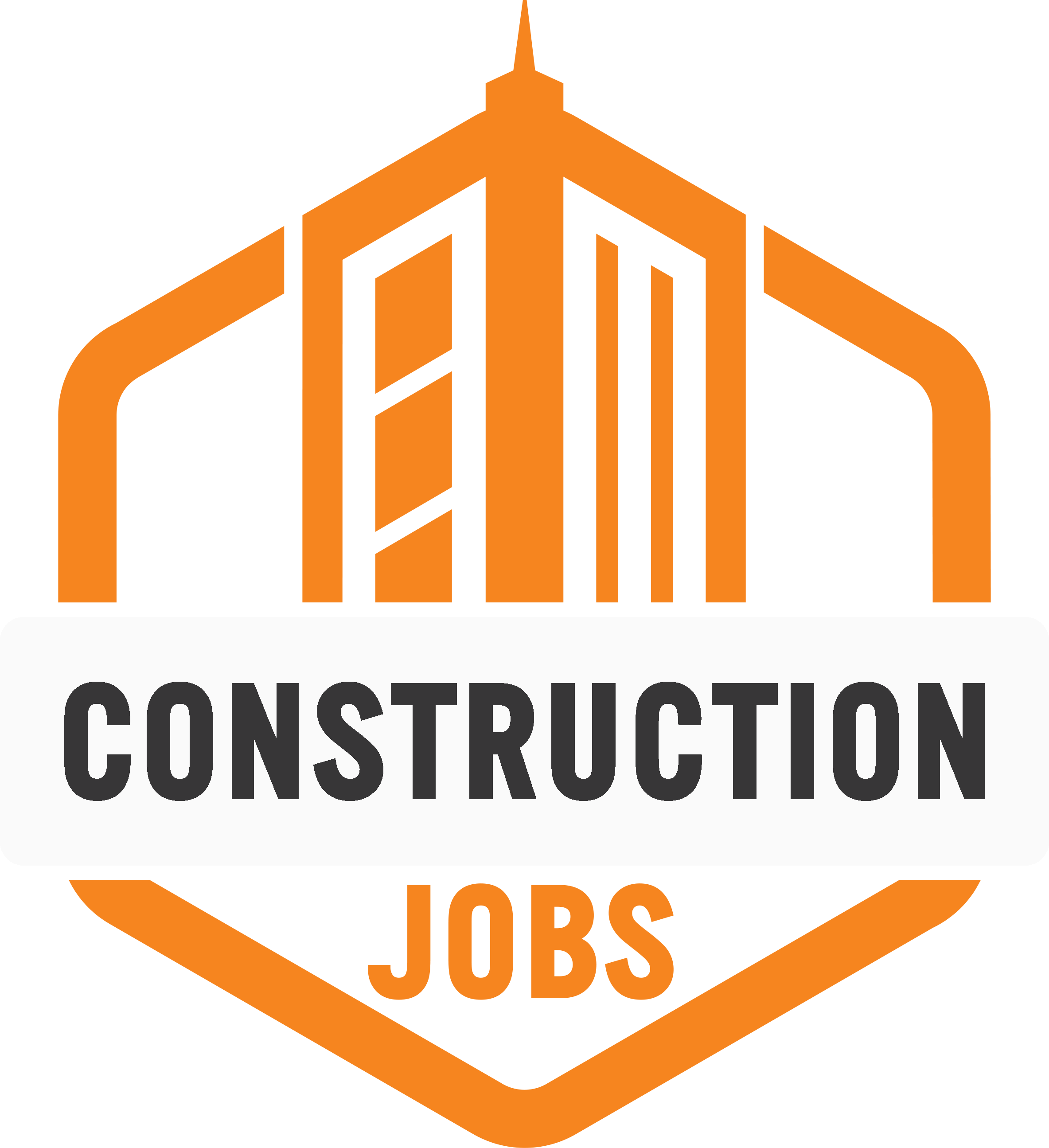The Importance of Proper Construction Equipment Management
Proper construction equipment management is essential for cost savings, safety, and efficiency in the construction industry.

Most construction work can’t be completed without functioning machinery. Broken down or missing equipment can set projects days, weeks, or even months behind schedule. In this fast-paced, results-driven world, businesses can’t afford costly delays.
The best tool in your arsenal is an equipment manager. They work hard behind the scenes to assess the machinery at your disposal to save you time and money. The importance of proper construction equipment management can’t be overstated.
What Is Construction Equipment Management?
As in any other business, it’s essential to maintain your equipment. Failure to do so results in expensive repair or replacement costs and time lost. Equipment management is the solution for construction companies.
A construction equipment manager tends the entire fleet. These machines are a significant investment, so an effective manager’s ultimate concern is a high ROI for each piece.
Their duties encompass every aspect of the equipment’s life span. They must balance storage and maintenance costs against the revenue the machine brings in on projects. Managers must continually crunch the numbers to ensure they’re getting the best value for their money.
Maintaining the integrity of each machine is a crucial practice since broken equipment wastes time and money and can even be a safety risk to employees. Equipment managers also assign construction vehicles to upcoming projects and determine if it’s time to sell, upgrade, or replace an item. An effective manager may even suggest adding to the fleet if the company is seeing enough growth.
Benefits for Construction Companies
When purchasing a new piece of machinery, the hope is that it will pay for itself over time. However, it can’t do that if it isn’t maintained correctly. Poor construction equipment management can also lead to costly delays and an inability to make wise business decisions.
1.Cheaper Repairs
Routine inspections can reveal equipment damage that may otherwise have gone unnoticed. If you sense a machine isn’t working properly — you hear a strange sound, smell something off, or notice that it isn’t responding normally — report it immediately. Getting ahead of repairs can save a lot of money. Minor fixes are much cheaper than dealing with damage that gets out of control.
2.Improved Longevity
Damage does tend to get out of control quickly when you aren’t maintaining your machines regularly. In some cases, equipment can’t recover and breaks beyond what’s worth repairing. Improper use and storage can also contribute to items wearing down before their time.
Proper management helps keep track of equipment maintenance, use, and storage to improve the quality of care for each piece and extend the life span.
3.Fewer Delays
Equipment breakdowns from poor maintenance or lost machinery due to inefficient tracking can set projects back significantly. Improving communication between team members and using systems to manage the ins and outs of each construction vehicle can drastically reduce the chance of delays.
Poor management leads to delays and paying employees not to work, as well as a possible loss of business if the client chooses to go elsewhere. Effective leadership means always having a backup plan so that the company has a fallback method of completing a project when emergencies arise.
4.Easier Decision-Making
Keeping detailed records of the entire fleet helps inform future equipment purchases and sales decisions. Use this information to sell machines that aren’t getting enough use rather than paying for continued storage. You’ll also be able to see where you can afford to upgrade a piece of machinery or buy additional construction vehicles.
5.Increased Safety
Equipment failure isn’t only financially costly but can be a significant safety hazard. Malfunctions can hurt operators, ground crew, bystanders, and machines. Maintaining the fleet drastically reduces the chances of a dangerous accident and keeps everyone safer.
Equipment Management Best Practices
Efficient construction equipment management is a many-layered process. Managers must work with the entire team to achieve the highest ROI on each machine and keep everyone safe.
1.Know the Fleet
Knowing the entire fleet inside and out is essential to any successful construction business. Effective management includes documentation on the status of each piece of equipment. You should know whether the company owns or rents each item. You also should track vital statistics like mileage, worth, last inspection, and any repairs. This information is important for insurance purposes and future transactions.
2.Prioritize Safe Storage
While sturdy, the materials used in your machinery are still susceptible to wear and tear from the elements. You should store vehicles in an enclosed, humidity-controlled environment when not out on a project. Doing so will protect against damage and prolong the life of the equipment.
Covering machinery at night or especially before a rainstorm will keep them as safe as possible on job sites until they return to their storage area.
3.Track Equipment Location and Use
People make mistakes — it’s just a fact of life. Don’t let human error cause costly delays. Build equipment tracking systems into your management plan. You can make this as simple or tech-savvy as you want, as long as you train the necessary employees in the method.
A system of sign-offs for delivery and return of equipment from the site lets the manager and operators know where things are at all times. Paper works fine, but using software would update all important parties in real-time, alerting the proper employees if a machine doesn’t get where it’s supposed to go.
4.Create a Management System
By now, you may have caught on that the best way to manage construction equipment is to put easy-to-follow systems in place. You’ll need ways to track where things are at all times and how they’re being used. Checklists for maintenance, inspections, and mileage are also useful to prolong the life of each vehicle.
The proper systems will improve communication among all employees and decrease the likelihood of accidents, lost machines, and disrepair.
5.Complete Regular Maintenance
Part of your management system needs to be a schedule of regular maintenance and preventive repairs. Managers should get in the habit of inspecting machinery after it returns from each job. Operators need to report any abnormalities as soon as they happen. Keep logs of inspections and routine upkeep like oil changes.
Machines that aren’t currently needed on a project should undergo preventive maintenance. Repair or replace any parts that haven’t broken but are wearing down. You’ll decrease the chances of more costly fixes or dangerous accidents from machine failure in the future.
6.Provide Training
An often overlooked aspect of construction equipment management is providing training to all operators. Compile best practices for each type of vehicle and make them well known. For example, people should be aware of each piece of equipment’s load capacity so they don’t exceed it and run down the machine.
Everyone involved in the business should also receive a thorough education on the implemented system. Operators are the first line of defense for construction equipment management, so they need to know the best ways to track and report on the health of their machines.
Construction Equipment Management Is Key
Simply renting or buying equipment and hoping it brings a high ROI may end badly for a business. A manager can bring the team together and create systems of communication that keep everyone safe and make the most of the company’s investments. Well-maintained and managed machines lead to less downtime and happier employees and customers.
Author: Rose Morrison is a freelance writer in the construction industry and the managing editor of Renovated.
- Share This →

